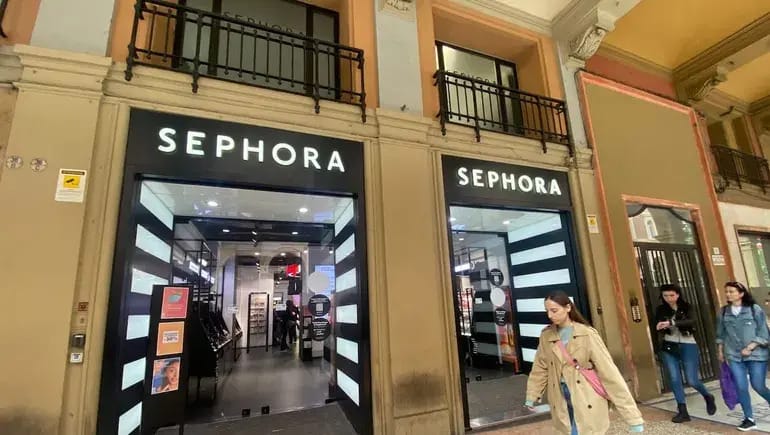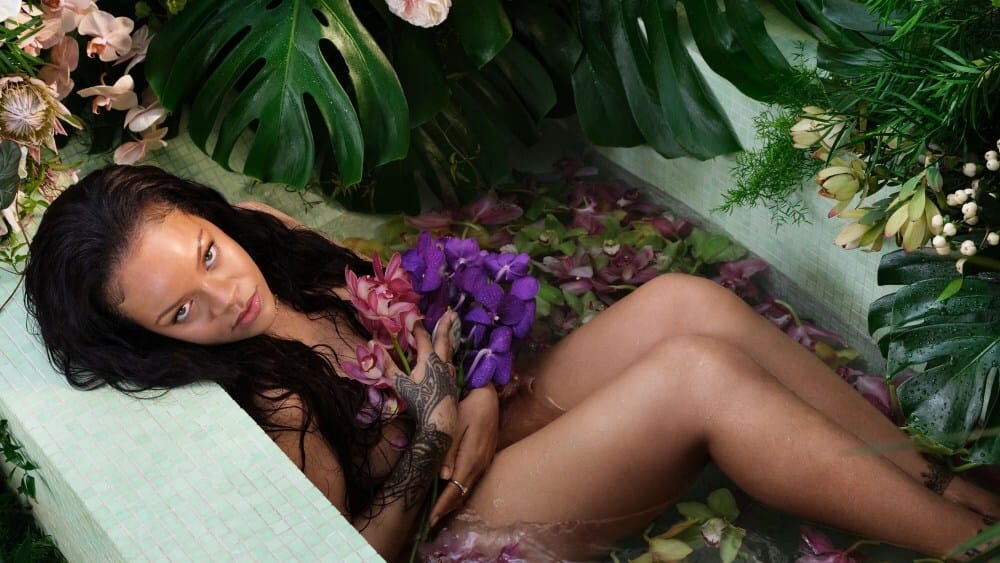- BEAUTY BROADCASTER
- Posts
- Sephora Builds Its Own Creator Network
Sephora Builds Its Own Creator Network
Plus: Fenty Skin bets on Ulta exclusives
BEAUTY BROADCASTER
Here's what's happening this week in the world of beauty commerce and marketing:
- Sephora launches a creator-owned affiliate storefront inside its app
- Fenty Skin debuts an Ulta-exclusive body care lineup
- TikTok Shop’s GMV and sellers surge into 2025
- Amazon moves holiday spend early with AI shopping tools
- Ingestible beauty heats up with a marine collagen launch
⏱️THE MINUTE READ
Juvenon suspected upper-funnel spend were fueling growth, but pixel reporting undervalued them, pushing spend to the bottom funnel.
With Fospha’s Halo, they unified DTC and Amazon sales and uncovered the truth: TikTok was 9X stronger than reported, DTC performance was under-credited by 2.9X, and upper funnel became their growth engine.
📈 +18% revenue growth QoQ
📉 20% CAC improvement YoY
🚀 10X upper-funnel SoW growth
📌WEEKLY MUST-KNOWS
CREATOR COMMERCE
Sephora Cozies Up To Beauty Creators With New Affiliate Program

Sephora launched My Sephora Storefront, a retailer-owned affiliate platform built with Motom that lets U.S. creators build shoppable storefronts inside Sephora’s site and app. It shifts affiliate traffic from third-party platforms into Sephora’s ecosystem, with integrated analytics and Beauty Insider hooks that improve attribution and conversion. Brands, creators and Sephora gain tighter data loops, more control of discovery and a faster path to purchase.

Fenty Skin is entering Ulta with an exclusive body care range, available online to loyalty members Oct. 3 and in stores Oct. 5. The move expands Fenty’s U.S. retail footprint beyond Sephora and bets on the fast-growing prestige body category to recruit new customers. Ulta, Fenty and competing body care players will feel the impact across merchandising, sampling and scent-layering strategies.
SOCIAL COMMERCE
What Is TikTok Shop & How It Works For Sellers Now

TikTok Shop has scaled from $1B GMV in 2021 to $33B in 2024, with U.S. shops jumping to 231,000 by mid-2025 and 136 million U.S. users on the app. The platform now functions as search, discovery and checkout in one, turning scrolls into buys with creator-led content. Beauty DTCs and retailers need channel-specific merchandising, creator partnerships and attribution to capture incremental demand.
BRAND STRATEGY
Victoria's Secret Marketing Strategy (2025)

Victoria’s Secret continues a multi-year pivot to inclusivity, digital engagement and personalized shopping, balancing premium branding with accessibility across stores and e-commerce. The 2025 focus sharpens product innovation, PINK differentiation and loyalty-driven experiences to defend share in an evolving category. The approach offers a playbook for legacy brands modernizing without losing equity.
⚡QUICK READS
Amazon Pulls Holiday Forward With AI-Powered Deal Days: Prime Big Deal Days hits Oct. 7–8 with Rufus, Alexa+ and Lens boosting discovery, signaling an earlier holiday demand curve and AI-shaped merchandising.(More)
Ingestible Beauty: New Marine Collagen Brand Launch: Industry veteran Theresa Plavoukos debuts Fat Mermaid liquid marine collagen, underscoring ingestibles as a growing basket-expansion lever for beauty retailers.(More)
Beauty Advent Calendars Are Selling Out Early: Editors flag rapid sell-through across calendars from Sephora to La Mer, nudging brands to advance launches, allocations and content calendars now.(More)
Garnier Taps Amanda Diaz For Mass Retail Push: Sponsored Sleek & Stay content drives chatter to Walmart availability, reinforcing how creator creative tied to in-stock SKUs lifts omni sell-through.(More)
ClickZ is a ClickZ Media publication in the DTC eCommerce division

